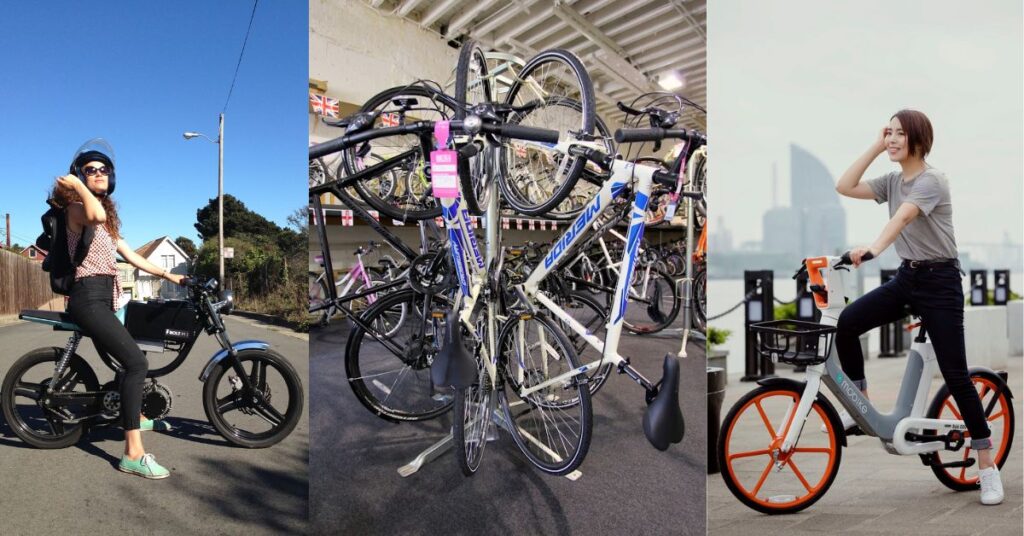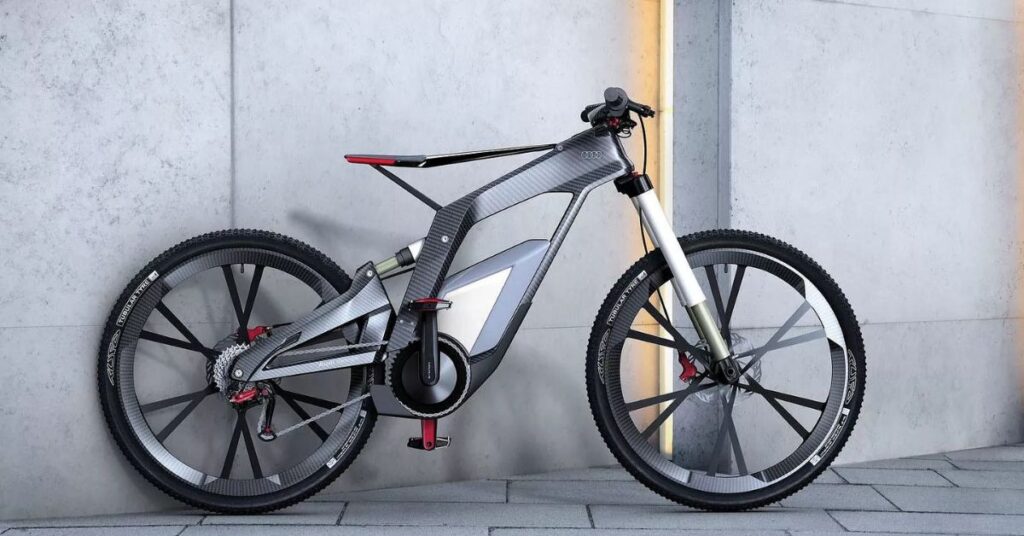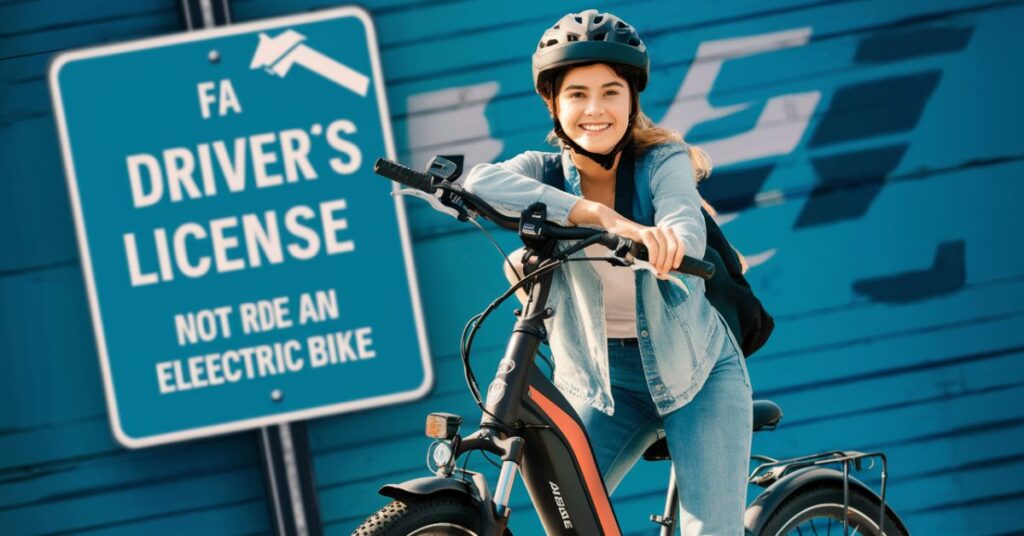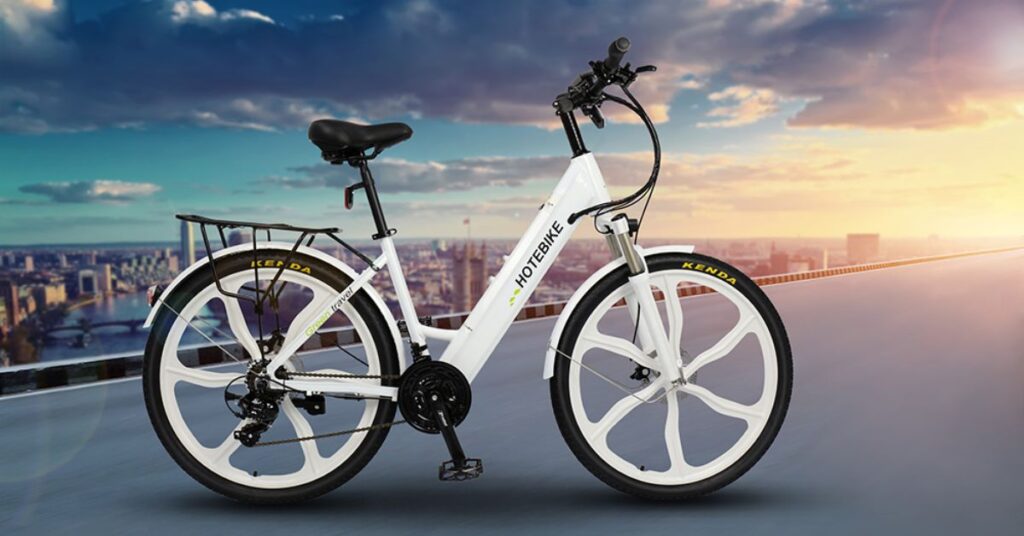In today’s fast-paced world, the demand for sustainable transportation solutions has never been greater. In the 21st century, electrically driven bikes have emerged as the epitome of eco-friendly mobility, addressing our environmental concerns head-on.
As we navigate the myriad of factors influencing our purchasing decisions cost, speed, size, and maintenance it is imperative not to overlook two critical considerations: personal safety and legal obligations.
Electric bikes, often affectionately referred to as “iron horses,” are not just recreational toys they’re bona fide vehicles subject to a plethora of legal requirements. From licensing and registration to the display of number plates and insurance coverage, compliance with applicable laws is non-negotiable.
Yet, amidst the allure of electric biking, a common quandary persists: “Can I ride an electric bike without a license?” or “Do I need a license for an electric bike?” The answer, as it turns out, is not so straightforward.
The challenge lies in the complex web of categorization and definition surrounding these environmentally friendly modes of transports a challenge exacerbated by the myriad of names and classifications used worldwide.
In this article, we’ll delve into the heart of this dilemma, exploring the intricacies of electric bike regulation and shedding light on the legal landscape governing their use.
So, whether you’re a seasoned rider or contemplating your first foray into the world of electric biking, join us as we unravel the complexities and uncover the truths behind the wheel of these modern marvels.
What Law Defines Electric Vehicles in the USA?
In the midst of the electric vehicle revolution, distinguishing between e-bikes, scooters, mopeds, and e-superbikes can be a daunting task. However, in the United States, clarity is found in the designation of “low-speed electric vehicles” by Congress, colloquially known as “e-bikes.”
Enshrined in specific legislation, an e-bike is defined as a two- or three-wheeled vehicle propelled solely by an electric motor, with a top speed of less than 20 miles per hour on flat, paved surfaces, and a rider weighing less than 170 pounds.

This legal framework, established in December 2002, exempts low-speed electric “iron horses“ from the classification of motor vehicles. Class 3 e-bikes, akin to their low-speed counterparts, are authorized to reach speeds of up to 28 mph when propelled by a combination of human pedaling and motor power, known as pedal assist.
However, exceeding this speed limit reclassifies the vehicle as a motor vehicle. It’s crucial to note that the motor must disengage once the 28 mph threshold is reached to maintain compliance with regulations.
In essence, e-bikes designed for slower speeds operate within a distinct legal framework, governed by rules akin to typical transportation vehicles rather than motor vehicles. Anything surpassing the prescribed speed limits is no longer considered an electric bike under this classification.
Understanding these nuances is essential for both riders and regulators, ensuring adherence to legal requirements and fostering a safe and efficient electric biking experience.
What is a Class 3 electric bike?
A Class 3 electric bike, also known as a speed pedelec, is a type of electric bicycle that provides pedal assistance up to a maximum speed of 28 miles per hour (45 kilometers per hour).
These bikes are equipped with a motor that assists the rider’s pedaling effort, allowing for faster speeds compared to traditional bicycles.
Class 3 electric bikes are often used for commuting and longer-distance rides, offering a balance between speed and efficiency for urban and recreational cycling.
What Size Battery Is Best For Electric Bike?
Different States Have Different Laws
In the United States, 44 states have established specific legal definitions for electrically powered bicycles. Among them, 26 states have embraced a three-tier categorization system, while the remaining 19 states have devised their own regulations.

Although the language of criteria remains largely consistent among the 26 states employing the three-tier system, variations exist in the regulations enacted by the remaining states.
This legislative landscape, meticulously tracked by People for Bikes, encompasses all e-bike bills presented in the House and Senate of each state.
Given the diverse classifications adopted by state legislatures, it’s imperative to scrutinize the details of proposed legislation to ascertain rights and obligations within a particular jurisdiction.
States that Define Electric Bikes by a Three-tiered Class System
Twenty-six states have implemented a three-tiered classification system for electric vehicles, aimed at discerning between various designs based on their velocity functionality.

Within these jurisdictions, bicycles powered by an electric current are subject to nearly identical definitional and regulatory frameworks, ensuring consistency in enforcement and interpretation of laws pertaining to electric bikes.
States that Define E-bikes by a Two-tiered Class System
New Jersey and West Virginia utilize two-tier classification systems for electric vehicles. In New Jersey, only the top two categories are recognized.
Powered bicycles in New Jersey now include those capable of speeds ranging from at least 20 mph with engine assistance to no more than 28 mph without human intervention, typically categorized as “class three” vehicles.
West Virginia’s laws do not recognize class 2 electric bikes, limited to a top speed of 20 mph due to their sole reliance on a motor.
States that Require a License
At least six U.S. states, including Alabama, New Mexico, Massachusetts, Missouri, Alaska, and North Dakota, require a license to operate electrically powered bicycles in the absence of specific legislation.
While some states mandate licenses or registration for two-wheeled environmentally friendly transportation, others like Utah and Vermont have eliminated such requirements.
Despite variations in the definition of electrically driven vehicles from state to state, the necessity of a valid driver’s license remains consistent across states like Alabama and Alaska.
When Do You Need a License to Ride E-bike?

For electric bicycle owners, understanding the legal classification and requirements is paramount. While many jurisdictions have laws governing electric bikes, not all do. Currently, a three-tiered framework is commonly applied to e-bikes by the government.
Prior to riding, it’s crucial to familiarize yourself with your electric bike’s specifications. In the U.S., electric bicycles typically feature motors of 750 watts or less, adhere to speed regulations, and include functional pedals.
These characteristics differentiate e-bikes from mopeds and motorcycles, making them user-friendly, license-free, and exempt from typical motor vehicle regulations.
Is There an Age Limit for Driving an Electric Bike?

- Age restrictions for riding electric bikes vary by jurisdiction.
- Some nations allow riders of all ages, provided the vehicle meets safety regulations.
- In the United States, there is no federal age restriction for e-bike usage in public places.
- However, certain states have additional guidelines, such as Class 3 e-bikes typically being restricted to riders under 16 in states like Arkansas, Alabama, California, and others.
- Similar regulations exist in states such as Georgia and Indiana, where the legal riding age may be set at 15.
- Hawaii adds complexity, with registration requirements mandating riders to be at least 18 years old, yet riding permitted at 15 if registered by an adult.
- Conversely, some states like Arizona, Delaware, Florida, Kentucky, and Nebraska allow riders of any age to enjoy eco-friendly rides, with helmet mandates for minors in place.
- Alaska and Tennessee prohibit minors under 14 from riding electric bikes.
- In North Carolina and Pennsylvania, the legal riding age is set at 16.
- To stay informed about specific regulations in your area, it’s advisable to keep in touch with local authorities, who provide the most up-to-date information on green vehicle regulations.
License Requirements in Other Countries

In Europe, electrically powered bikes are subject to liberal regulations set by the European Union. These bikes are categorized into four main classes, each with its own specifications.
- L1e-A bikes can reach speeds up to 25 km/h and generate 1000 watts of electricity. They feature both a throttle and pedal assist for convenience.
- L1e-B bikes, capable of speeds up to 45 km/h and producing 4000 watts of electricity, dispel the misconception that they can’t operate without pedal assistance.
- Additionally, there are L2e and L6e categories, with similar velocity and power output requirements as L1e-B. However, L2e is for three-wheeled bikes, while L6e is for four-wheeled ones.
These classifications are mandated by the EU, ensuring uniform standards across member states. Common regulations include hand signaling for turns, maintaining one hand on the steering wheel during signaling, and restrictions on using electric two-wheeled vehicles for transporting bulky items. While each member state may have its own regulations, they all adhere to these common standards.
What Is Car Detailing Interior – Get the Ultimate Shine with Final Approach Detailing!
Other Important E-bike Regulations and Laws
Helmet requirements are a common regulation among jurisdictions that mandate licenses for electric bike operation. However, these rules may vary depending on local legislation, often applying to riders and passengers under a specific age, typically 18.
In some areas, helmet requirements mirror those for motorcycle riders. It’s strongly recommended to wear protective headgear while riding, especially given the inherent hazards of operating an electric bike at speeds up to 28 miles per hour. Ensuring safety precautions are followed is paramount to mitigate potential risks associated with electric bike usage.
Conclusion
The requirement for a license to ride an electric bike varies depending on local regulations, which are continuously evolving as legislators define and regulate e-vehicles.
Generally, having a valid driver’s license and being at least 18 years old is recommended for riding an e-bike safely. Wearing protective headgear is essential for safety.
However, these requirements may differ based on local laws, so it’s crucial to stay informed about the specific rules and regulations in your area before riding your e-bike on public roads or trails.
Frequently Asked Questions
Do you need a license for an electric bike in the USA?
License requirements for electric bikes vary by state in the USA.
How fast can an electric bike go?
Electric bikes typically reach speeds of 20 to 28 miles per hour.
What is a Class 3 electric bike?
A Class 3 electric bike can reach speeds up to 28 miles per hour.
Is a 250W ebike enough?
A 250W ebike is suitable for casual riding and commuting on flat terrain.
How fast does a 5000W electric bike go?
A 5000W electric bike can exceed speeds of 50 miles per hour.
Can electric bikes be used in the rain?
Electric bikes can generally be used in light rain but may sustain damage in heavy rain or submersion.
How fast is a 20000W ebike?
A 20000W ebike can reach extremely high speeds, far beyond legal limits.
Is a 1000W ebike fast?
A 1000W ebike is considered fast, capable of speeds up to 20 to 28 miles per hour.
How far can an electric bike go?
The range of an electric bike varies, but many models can travel 20 to 50 miles on a single charge.







